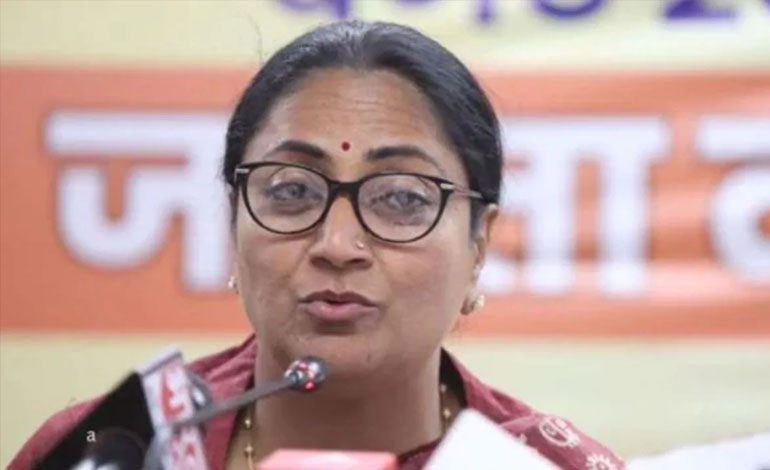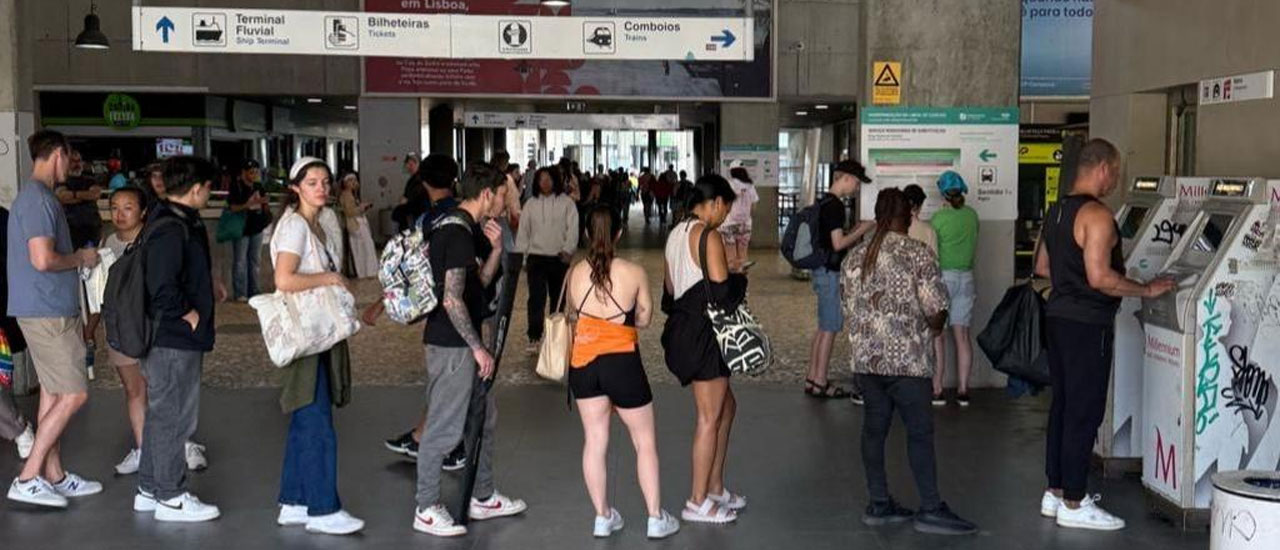Confident and Ready, Government Announces Caste Census in Major Policy Shift

In a bold and potentially game-changing move, the Indian government has announced plans to conduct a nationwide caste census — a decision that marks a significant shift in policy and opens the door to long-overdue conversations around social justice, representation, and economic equity. With this announcement, the government signals that it feels confident in its political standing and is prepared to tackle a topic that has long been considered both sensitive and controversial.
So why now? And what does this really mean for India’s future? Let’s break it down.
Understanding the Caste Census: What It Is and Why It Matters
To begin with, a caste census is exactly what it sounds like — a survey that collects data on the various castes that make up the Indian population. While India has collected data on Scheduled Castes (SCs) and Scheduled Tribes (STs) since Independence, it hasn’t officially counted all other castes since the British-era 1931 census.
This means that for nearly a century, India has lacked up-to-date, comprehensive data on the actual social composition of its population — particularly for the Other Backward Classes (OBCs), a group that plays a crucial role in Indian politics and policy.
Why is this important? Because caste continues to shape everything from access to education and healthcare to job opportunities and political power. Without real data, policies aimed at leveling the playing field — such as reservations and welfare schemes — risk being misaligned with current realities.
Why the Shift? The Timing Behind the Move
So why is the government acting now?
There are several reasons:
- Growing Public Demand: In recent years, political and civil society leaders, especially from regional parties, have been increasingly vocal about the need for a caste census. Bihar’s state government, for instance, carried out its own caste-based survey in 2023, which stirred significant public interest and pressure on the central government.
- Political Strategy: With elections around the corner, the move could also be seen as a strategic decision to strengthen ties with OBC communities — a massive and influential voting bloc. Acknowledging their presence officially through data could be seen as a gesture of recognition and respect.
- Policy Modernization: As India moves toward more targeted governance — using data to deliver schemes and benefits more precisely — a caste census would provide policymakers with critical information to improve efficiency and fairness.
- Confidence in Governance: Perhaps most importantly, the announcement reflects a government that feels politically stable enough to take on a complex issue. The caste question is sensitive, but by addressing it head-on, the government is positioning itself as assertive and forward-thinking.

What Could Change with a Caste Census?
The impact of a caste census could be far-reaching. Here are a few areas where it might make a difference:
1. More Equitable Policies
Currently, reservation quotas for OBCs in education and jobs are based on estimates — not actual data. If new numbers show underrepresentation or reveal previously overlooked subgroups, policies could be restructured to better serve those in need.
2. Transparency in Representation
Many political parties claim to represent marginalized groups, but without real data, it’s hard to measure how inclusive institutions truly are. A caste census could highlight gaps and spark reforms in political representation, especially at higher levels.
3. Data-Driven Governance
Modern welfare programs increasingly rely on digital and demographic data to target beneficiaries. Caste data could help fine-tune these programs, ensuring that the right people are being reached — and that systemic barriers are being acknowledged and addressed.
4. Reshaping the Social Narrative
For decades, caste has been a taboo topic in many circles — either spoken about only in the context of reservations or reduced to political rhetoric. A nationwide census could normalize the conversation and foster a more open dialogue about inequality, opportunity, and historical disadvantage.
Challenges and Concerns
Of course, this move is not without its critics and complexities.
Some worry that counting castes could deepen existing divisions or reignite identity-based politics. Others fear that data may be misused for vote bank politics, or that the results might spark demands for increased quotas — a sensitive subject in a country where reservation debates already run hot.
There’s also the logistical challenge. Conducting a caste census across a population of 1.4 billion is no small feat. Ensuring accuracy, confidentiality, and fairness in data collection will be key to avoiding backlash or confusion.
Finally, there’s the question of what happens after the data is collected. Will it lead to genuine policy reform — or just become another political football?
Voices from the Ground
While opinions vary, many experts and grassroots leaders welcome the move.
Dr. Anjali Deshmukh, a sociologist who has studied caste dynamics for over two decades, says: “Without data, we’re making decisions in the dark. A caste census won’t solve everything, but it’s a crucial step toward evidence-based policymaking.”
Similarly, Rohit Kumar, a student from Uttar Pradesh who belongs to a backward caste, sees the announcement as long overdue: “We always hear that we’re a majority, but there’s no proof. This could finally show where we really stand.”
A Step Toward Accountability
At its core, the caste census is about more than just numbers. It’s about visibility, recognition, and fairness. By formally acknowledging the caste makeup of the population, the government takes a step toward ensuring that India’s social justice mechanisms are rooted in fact, not fiction.
It also sends a message: that India is mature enough to confront its complexities, and bold enough to address them head-on.
Conclusion: A Defining Moment
The decision to launch a caste census marks a defining moment in Indian governance. It’s a sign that the government is not only confident in its footing but also willing to engage with the realities of Indian society in a deeper way.
While challenges remain, the move has the potential to reshape how India sees itself — and how it works to uplift those who have long remained on the margins.
This isn’t just a bureaucratic exercise. It’s a conversation starter, a truth-teller, and perhaps, a catalyst for a more inclusive future.










